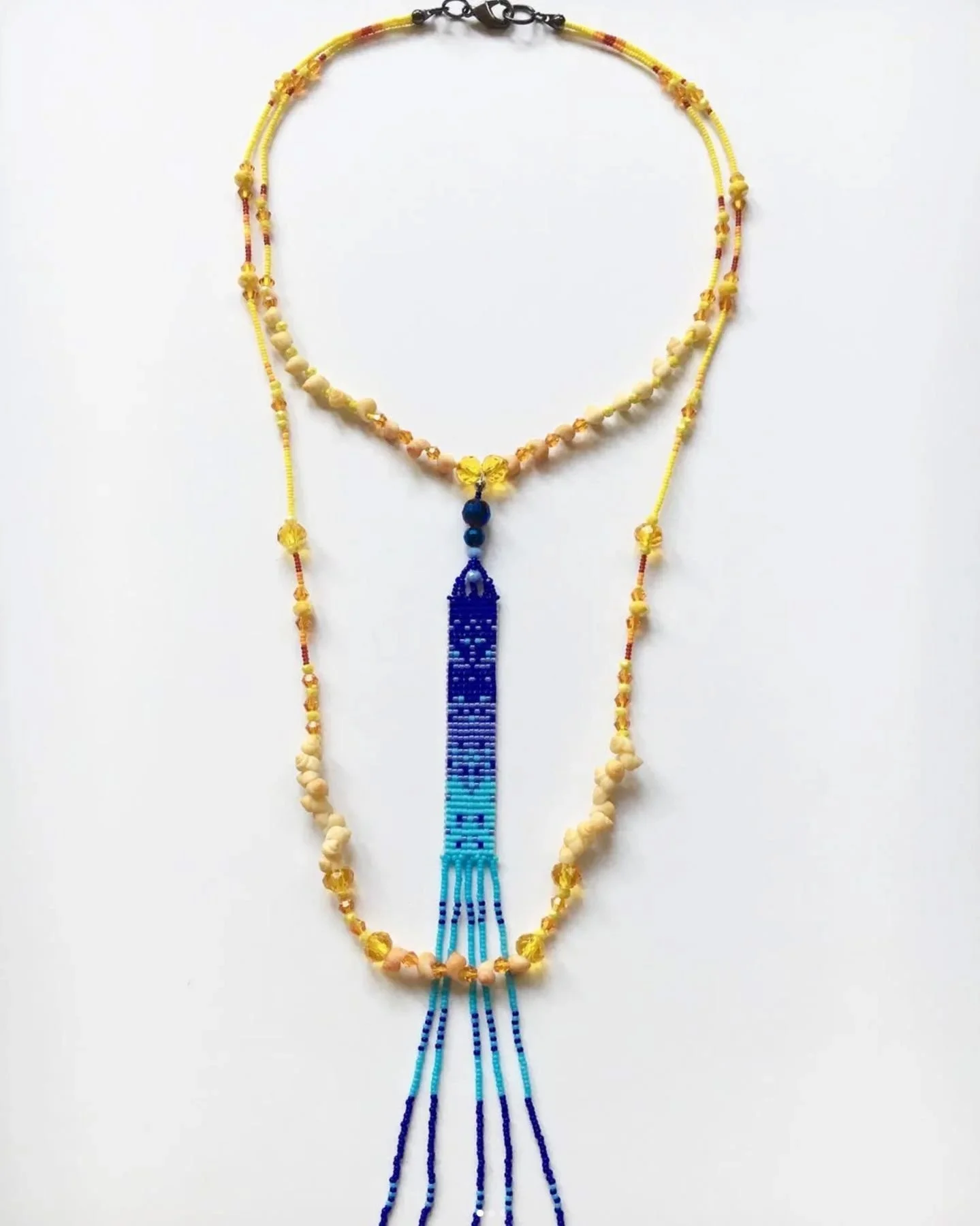Arpana Rayamajhi
Photograph by Stephanie Geddes
Arpana was born and raised in Kathmandu, Nepal.
As a teenager in Nepal, Arpana performed with local jazz bands while dreaming of making rock music and art — pursuits that didn’t fit the conventional expectations placed upon her.
Seeking creative freedom, Arpana moved to New York in 2012 to study painting and sculpture at Cooper Union, instantly feeling that she had found where she belonged.
In 2015, Arpana launched a personal jewelry-making practice which has since evolved into a celebrated career.
Arpana’s jewelry has been been featured in the 2016 Victoria’s Secret Fashion Show in Paris as well as in campaigns by Vogue and Apple among many others, earning her a New York Times’ 30 under 30 selection.
In 2018 Arpana enrolled in William Esper to study the Meisner Technique, graduating in 2021.
Today, her practice is expanding beyond jewelry and back into music, releasing her debut album “ABOUT TIME”.
Arpana lives and works in New York City.






